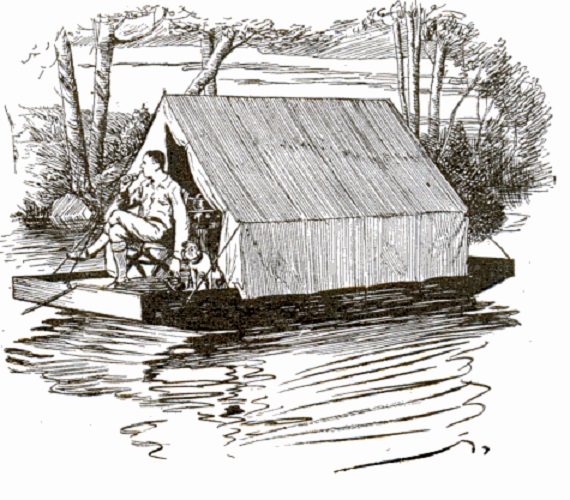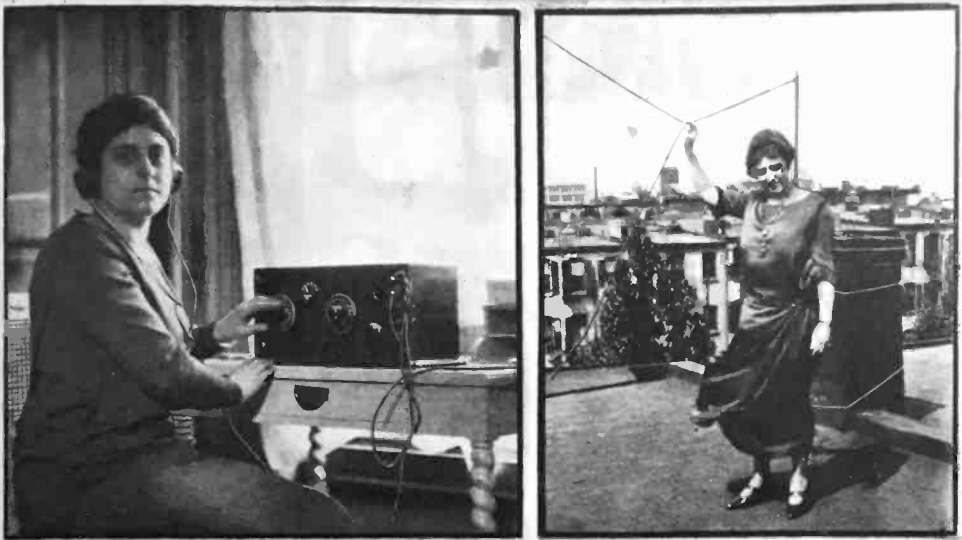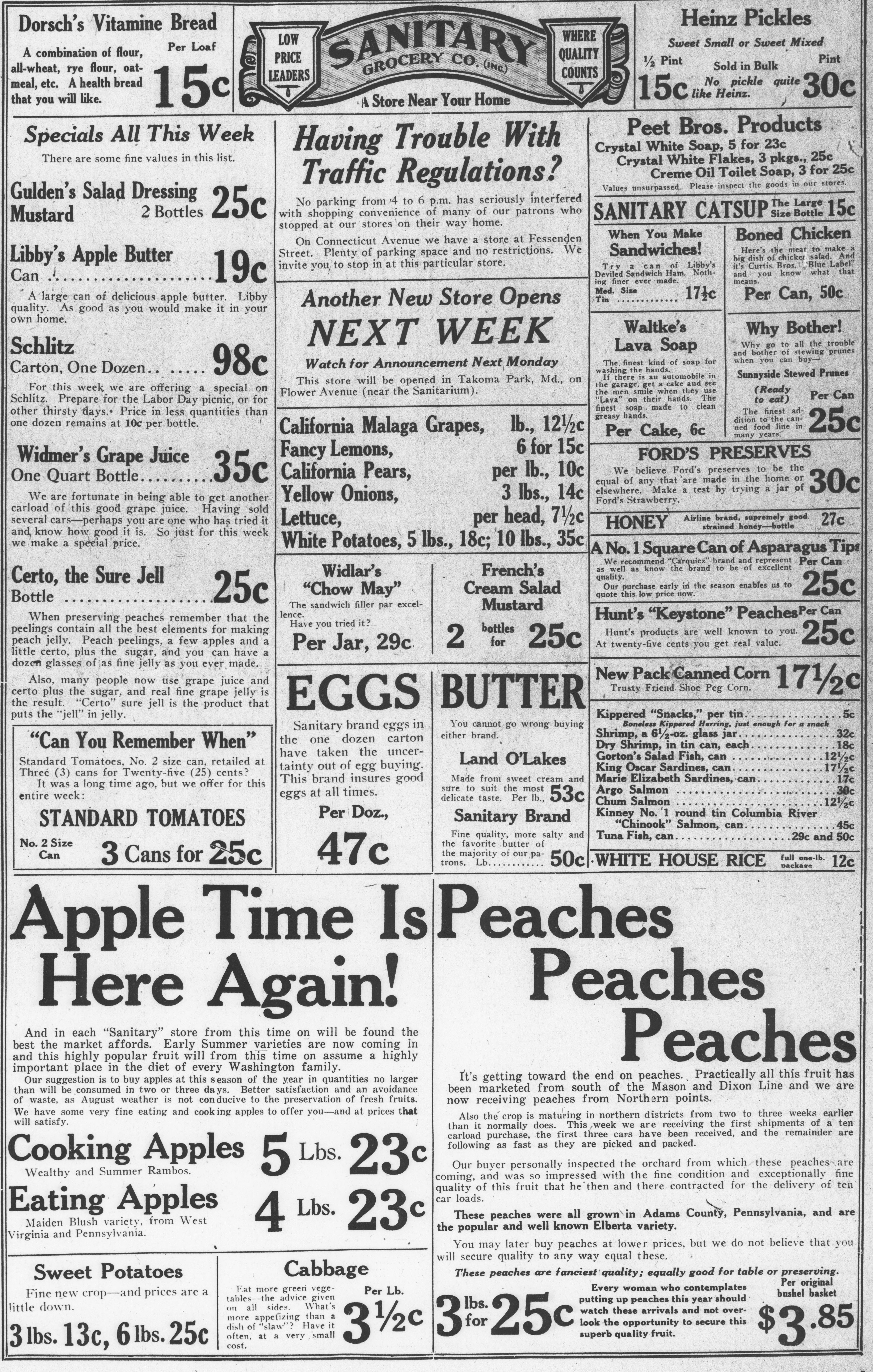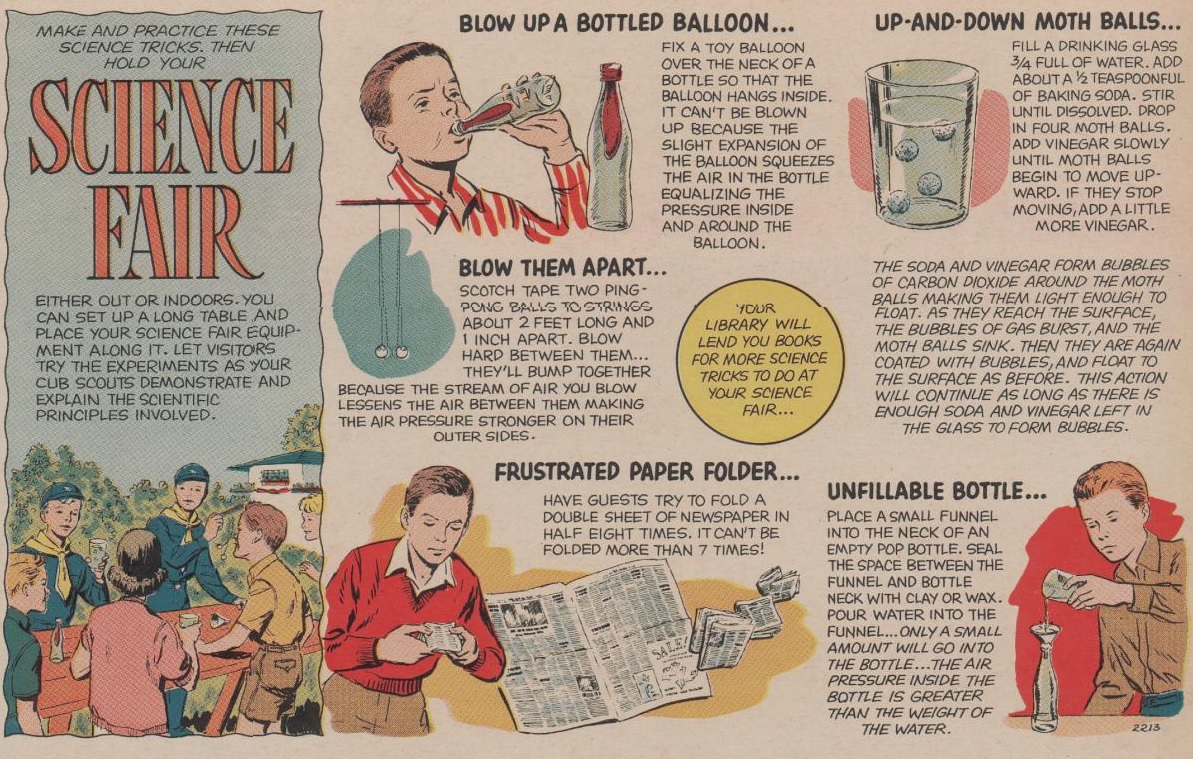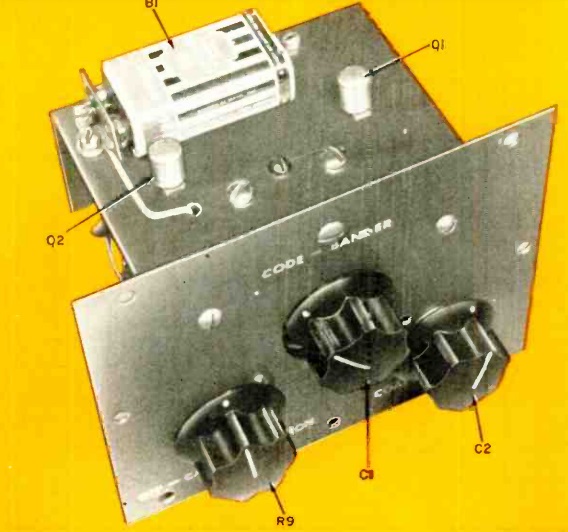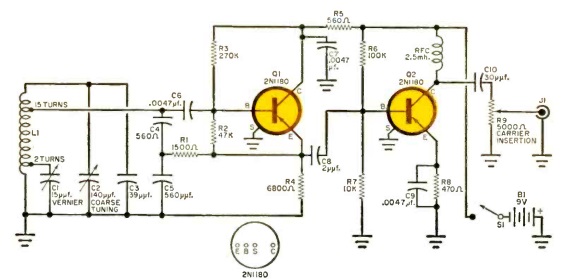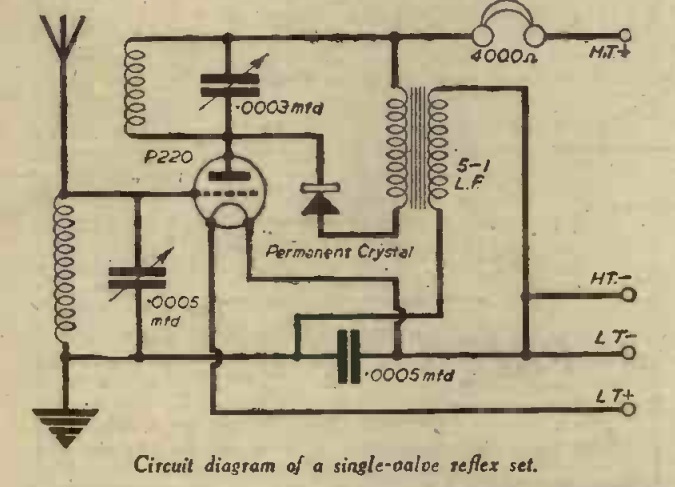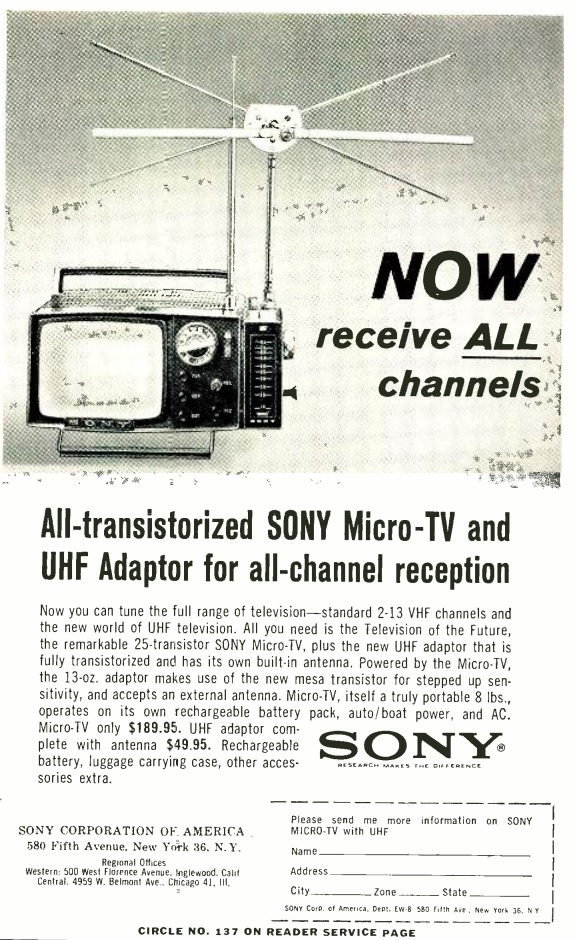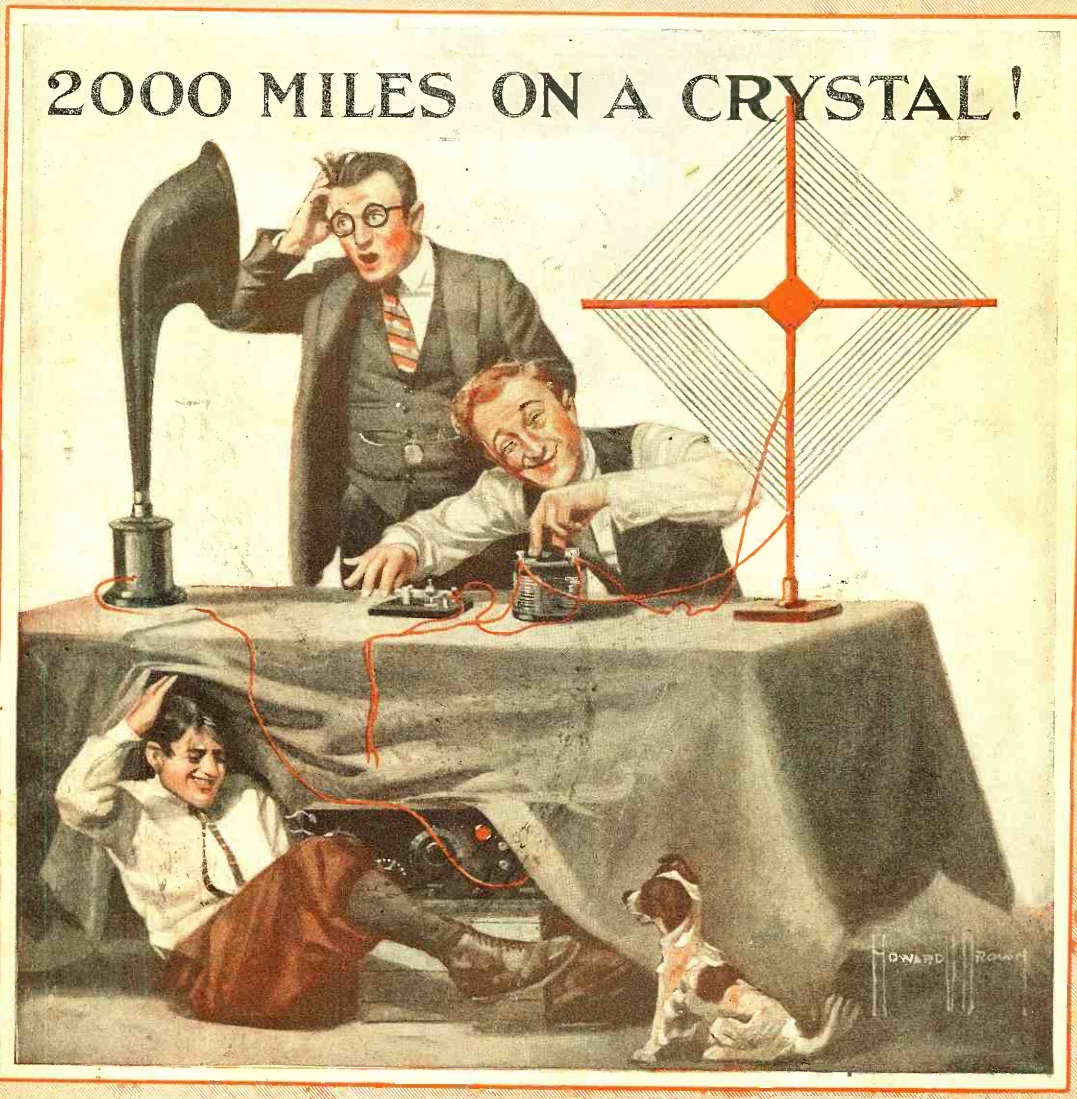 As John F. Kennedy famously said, we do some things not because they are easy, but because they are hard. We previously documented the hard way to start a library. And we recently discovered the hard way to decorate a baseball.
As John F. Kennedy famously said, we do some things not because they are easy, but because they are hard. We previously documented the hard way to start a library. And we recently discovered the hard way to decorate a baseball.
My family recently visited the world’s largest ball of paint, near Anderson, Indiana. (No, I didn’t coordinate the color of my shirt–that was just a happy coincidence.) At the core of this massive ball of paint is a baseball, that Mike Carmichael and his family began painting in 1977. Over the years, over 25,000 layers of paint cover the ball, which now weighs in at over 4,000 pounds, as attested to by the scale from which it now hangs. As the ball grew, Carmichael constructed a building to house it, and showed us the steel beam frame from which it hangs.
The ball is open to the public, and Carmichael is eager to show it off. In fact, visitors are often invited to add a coat of paint. We arrived at a time when the ball was wet from an earlier coat of paint that morning, so we weren’t able to contribute this time. He suggests that visitors contact him in advance, to ensure an opportunity to paint. He can be contacted through the ball’s official website.
Carmichael is a veteran and, not surprisingly, a house painter by trade.
Admission is free, although free-will donations are welcome. It’s open to the public 7 days a week from 9:00 to 5:00. We became aware of the existence of the ball of paint due to seeing hundreds of smiling sun lawn ornaments on lawns throughout the region. All of them were created by Carmichael, who explained that he began making them in 2020 during COVID as a way to bring a bit of joy to the community. They are also for sale. Of course, we purchased one, which will soon be on display at OneTubeRadio.com world headquarters.
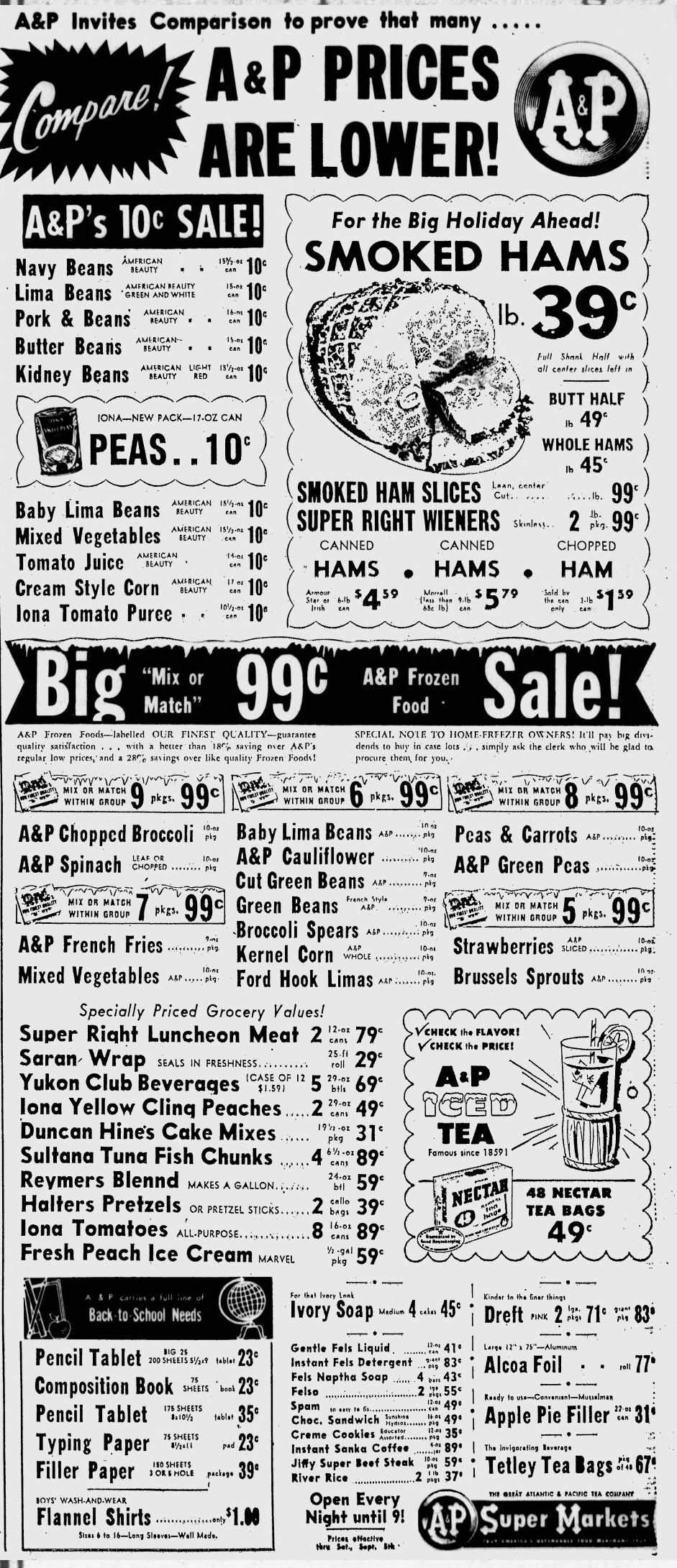 For a snapshot of grocery prices in 1959, this ad for A&P appeared in the Pittsburgh Post-Gazette on August 31, 1959.
For a snapshot of grocery prices in 1959, this ad for A&P appeared in the Pittsburgh Post-Gazette on August 31, 1959.
